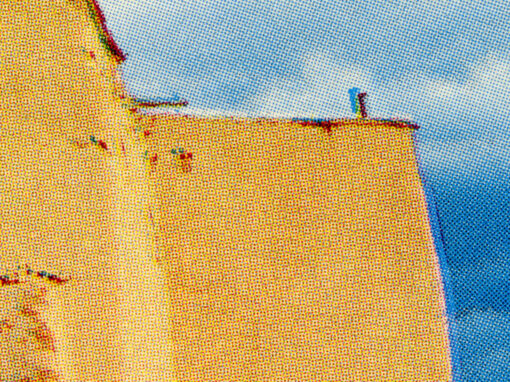The documentary image is a complicated and troubled idea. At one level, it seems straightforward. The goal is to document, without bias or intent, something revealing about the events of contemporary life. While there may or may not be special lighting, contrived poses or costumes, etc., the goal is not to give voice to the photographer’s artistic vision as much as to give voice to the subject’s condition. The images are a record of history.
“Sin Salida” by Tariq Zaidi
Published by GOST Books, 2021
review by W. Scott Olsen
At another level, the documentary photograph is bound up in a thousand moral and artistic concerns. Every one of them is difficult to navigate. For example, every image has a frame, which means there is a limit, a choice of what to include and exclude. Simply pointing a camera one direction instead of another is an act of interpretation and judgement. It’s easy to create an argument, a point of view and bias, by selecting what not to include.
And the photographer has choices to make about how to represent the subjects – sympathetically, or sarcastically, or with distain – which may not be obvious. Is empathy required? More than just a critic, can a photographer be a hostile witness to history? The answer, of course, is yes. But is the angry photographer still a documentarian? Is the artist filled with compassion just as guilty of deception?
To be honest, these are not new ideas. The questions of the relation between verisimilitude and photography are as old as the art. But the questions do not go away. We debate and argue or agree, and then we raise a camera and the questions come right back. They are in our head, or should be, with every press of the shutter release. Am I being fair? Do I intend to be fair? If I am giving voice to others, how cloudy is my lens?
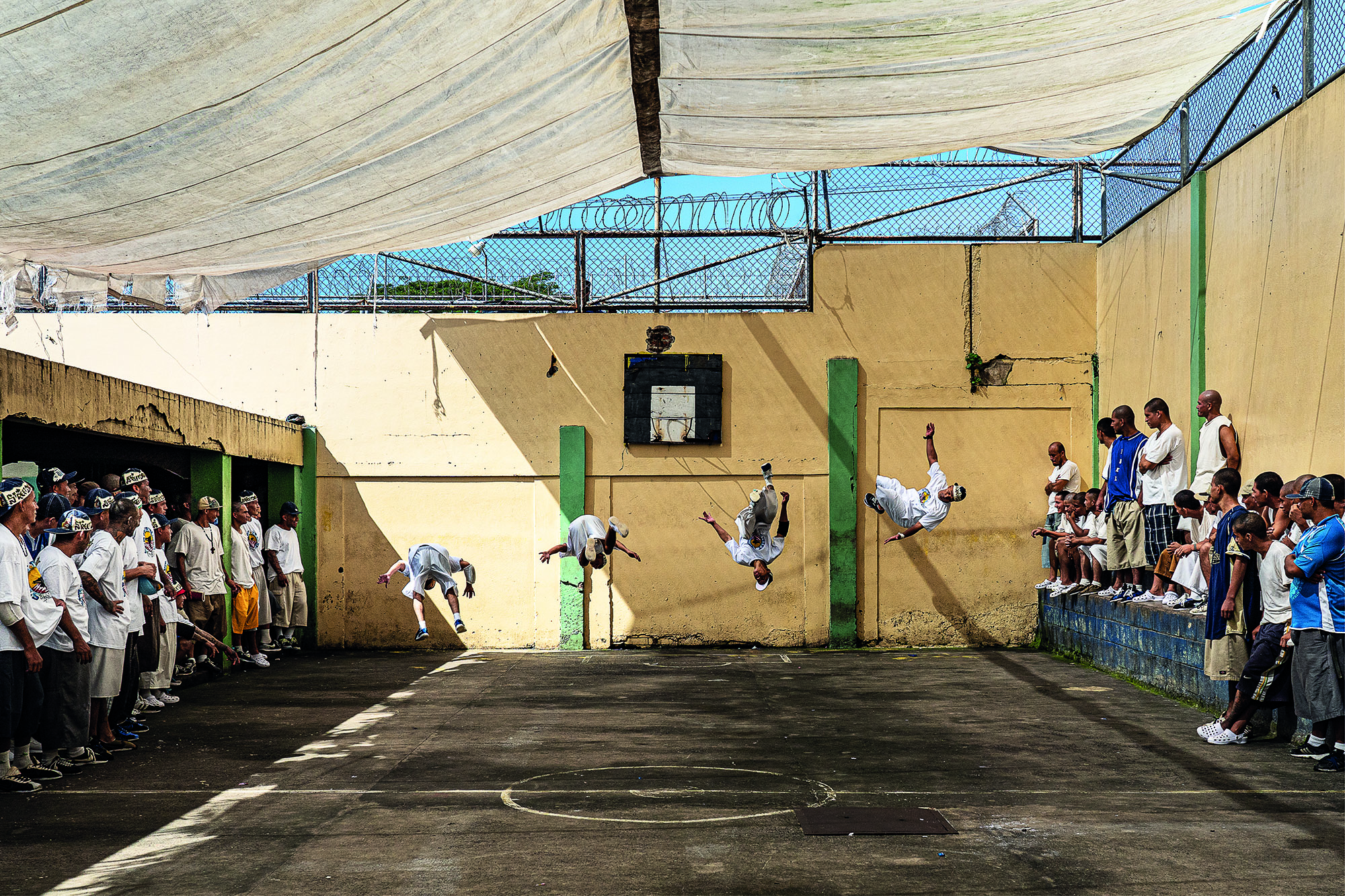
© Tariq Zaidi
I am visiting these questions because I have on my desk a new book by Tariq Zaidi called Sin Salida, which translates as No Way Out or No Exit. The book is documentary work, disturbing and beautiful, graphic and poetic, honest and caring, all at the same time. If documentary work can be fine art, this is it.
According to the GOST web page for the book, “Sin Salida (No Way Out) by photographer Tariq Zaidi documents the impacts of the notorious Mara Salvatrucha gang (MS-13) and its rival Barrio 18 gang members on El Salvador. By depicting the gang members, police, prisons, murder sites, funerals, and the government’s war against the gangs, Zaidi illustrates the control the gangs have over the wider Salvadoran society, the violence through which they operate and the grief and loss resulting from the violence.”
However, that description doesn’t begin to do the book justice. The images of crowded jails, murdered bodies on the streets, funeral processions, police interventions, the whole galaxy revolving around a black hole of gang violence, are richly contextualized, both in terms of physical environment and emotional drama. They are not pleasant images, and yet they are photographically beautiful. The colors are intense. The compositions are intentional, intimate and moody.
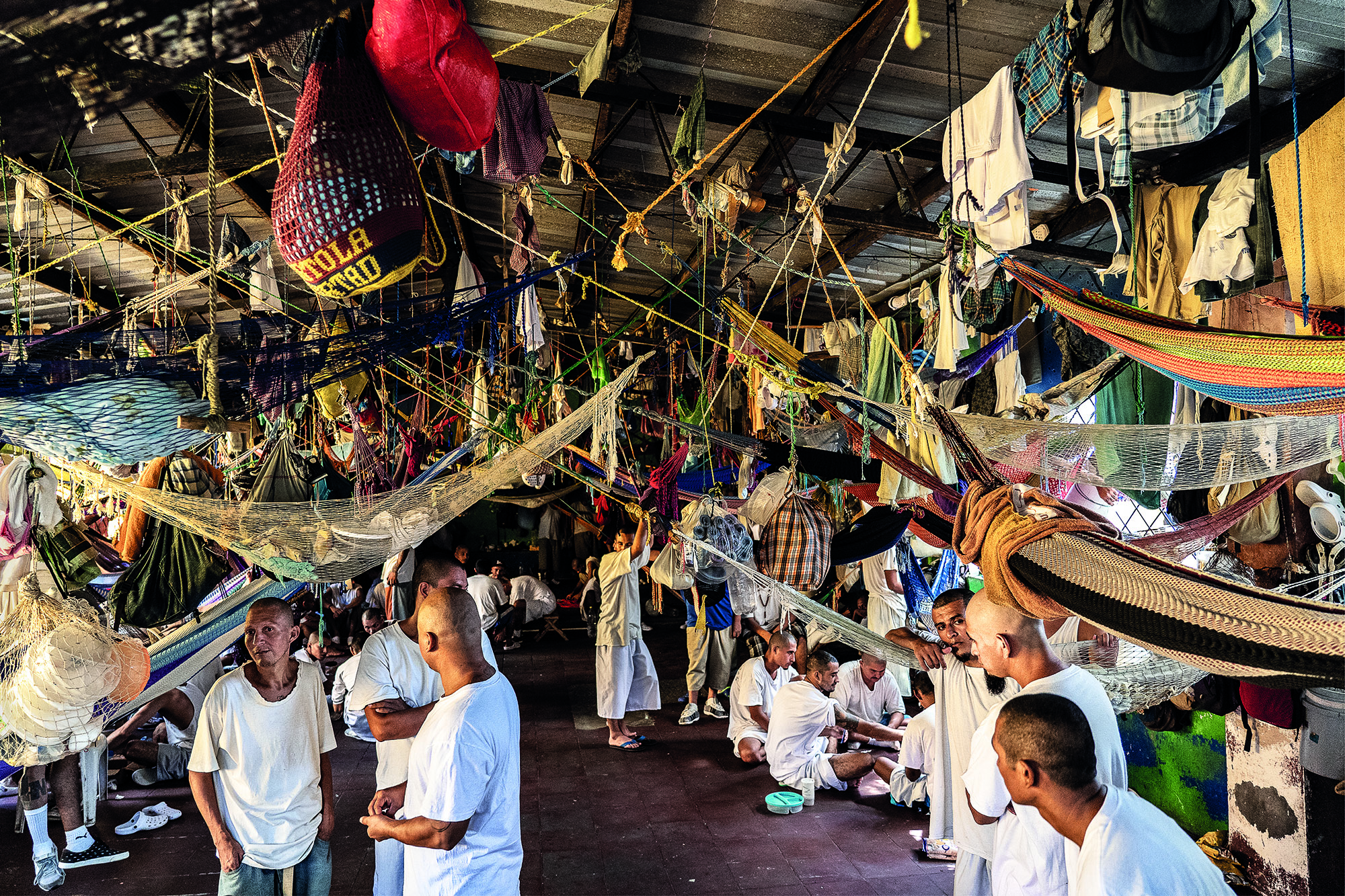
© Tariq Zaidi
One image, which could be a colorful central American city square, is actually inmates drying laundry. Another image, men pressed up against prison window bars, could be a movie poster or the cover of a novel. Inmates performing gymnastics could be a Broadway musical. A medical team examining a body on the street is as well lit and framed as a painting.
To be clear, though, nothing in this book, except the situation, is forced or sentimental or heavy-handed. And yet every image is a gut-punch of sorrow. For these men and women there is no exit from their world of violence. There is no way out. Most of what we know, we know by comparison. So the pain of these images is made more intense by the beauty.
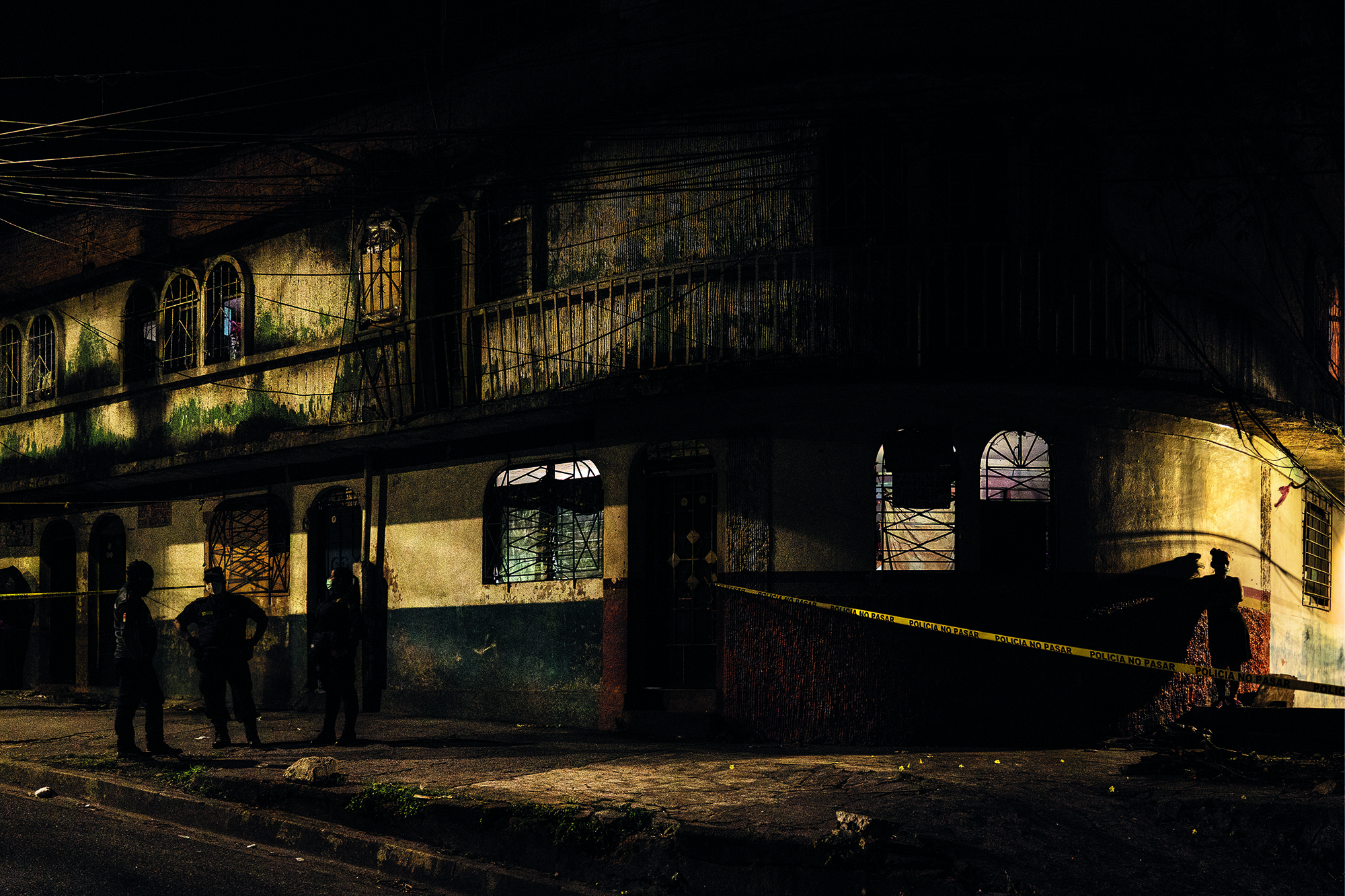
© Tariq Zaidi
Every few pages in Sin Salida, Zaidi includes a bit of text that explains the history and scope of drug and gang violence in El Salvador. For example, one entry reads, in part:
Economic paralysis has contributed to the despair felt by the country’s youth: young people grow up in what are effectively hostage-like conditions and can be socialized into a gang as young as eight or nine years old. Physical, emotional and mental trauma is widespread among Salvadoran youth and contributes to the normalization of violence in gang life. Gangs developed their own cultures and often include references to the occult and Satanism, developing an ideological and cult identity. Gang members often refer to killings as ‘sacrifices,’ and initiate new recruits as ‘true believers’…. The kind of violence MS-13 and Barrio 18 partake in is brutal and terrifying. It is common for the members to use machetes to hack off limbs and document their killings on their phones, clips of which are widely shared among the gangs. There is a method to the madness, however – body parts are buried in clandestine graves, so that no ‘complete’ body is ever found, and the murder is not recorded.
These bits of text are not captions, nor are they editorials. They are history lessons, a way to understand he world that has led to the images in the book.
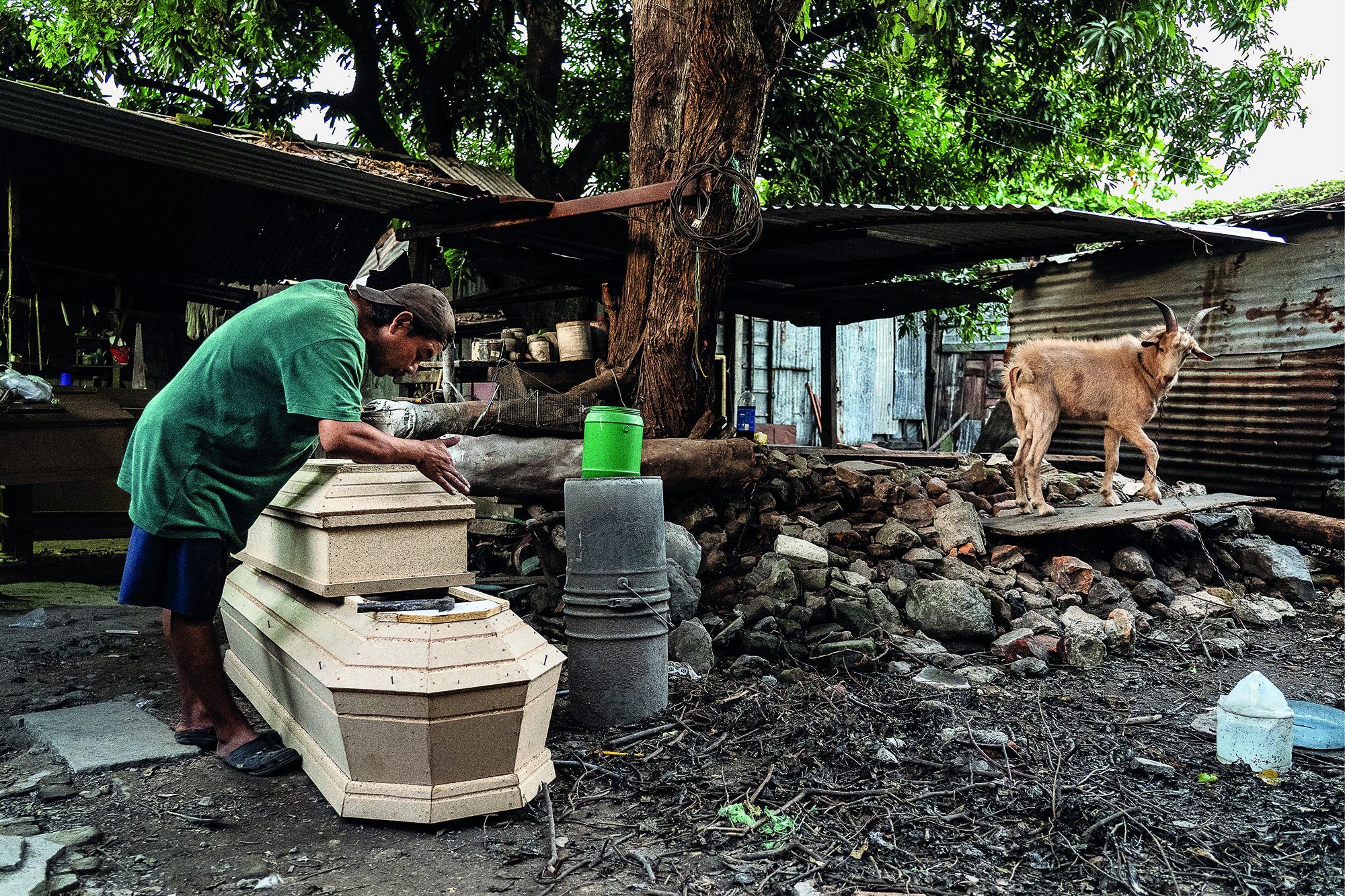
© Tariq Zaidi
In the main part of the book, the images are not captioned. They exist as visual statements on their own. However, toward the back of the book, each image is repeated as a thumbnail with a contextual caption. And the book ends with a series of portraits of gang members. The images are neither indictments nor defense. Heavily tattooed men standing shirtless in front of a bright yellow wall, each of them looking directly at the camera, each of them seems to say This is who I am. And we are asked to wonder how that came to be and what that means.
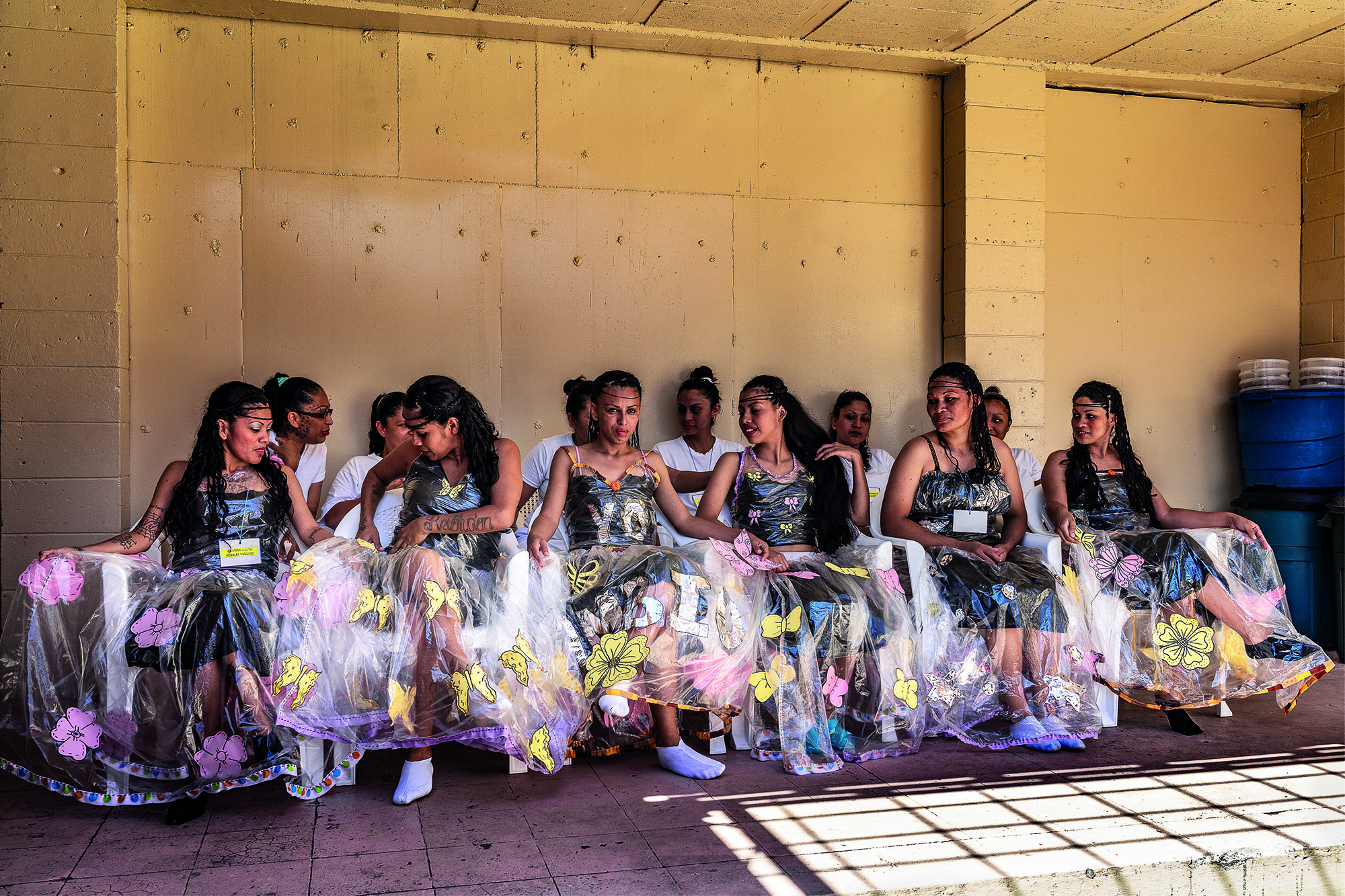
© Tariq Zaidi
Filled with complicated emotion, not reduced to broad strokes by a point to make, Sin Salida is a powerful and important book. It is documentary work at its best.
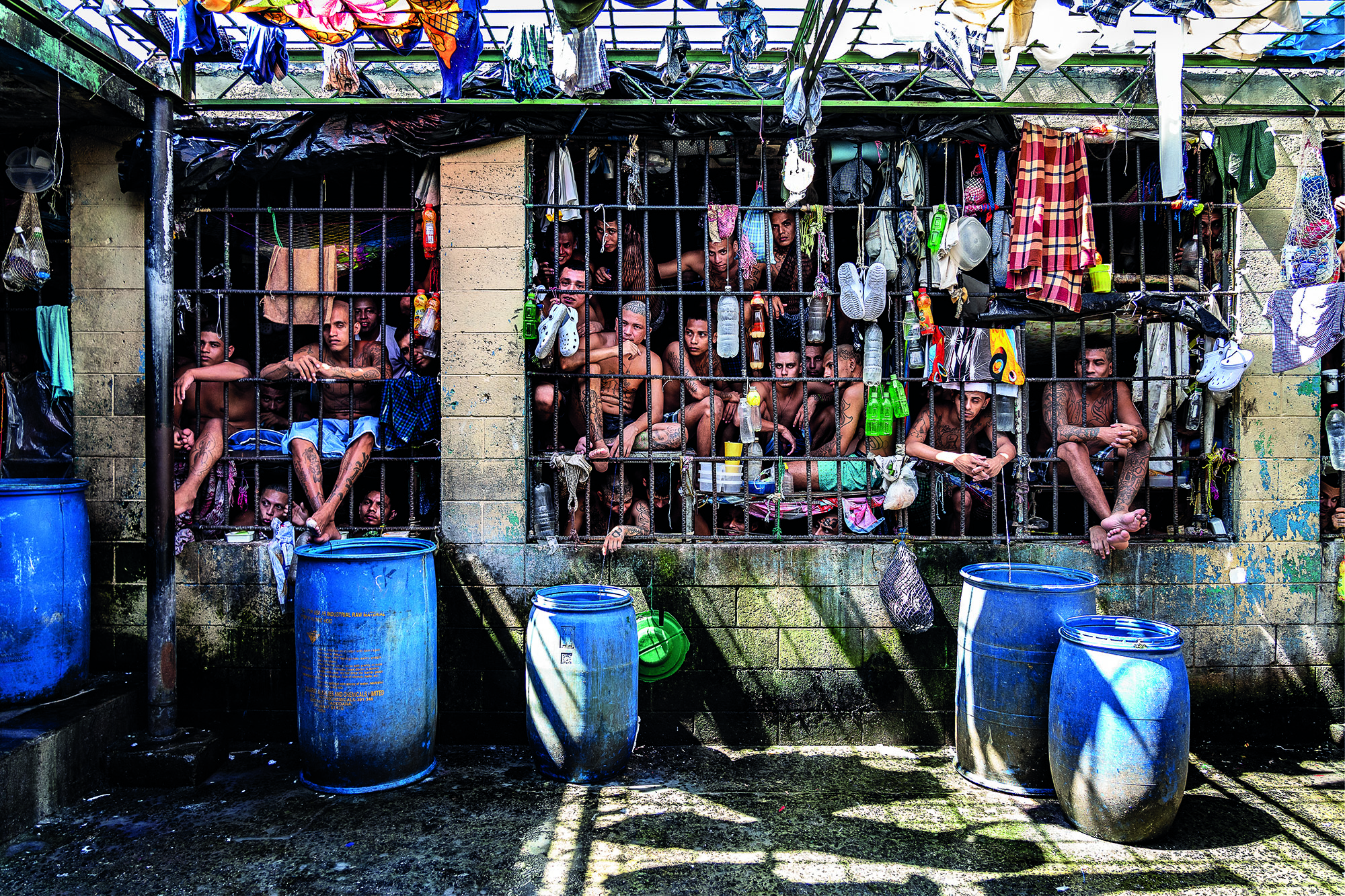
© Tariq Zaidi
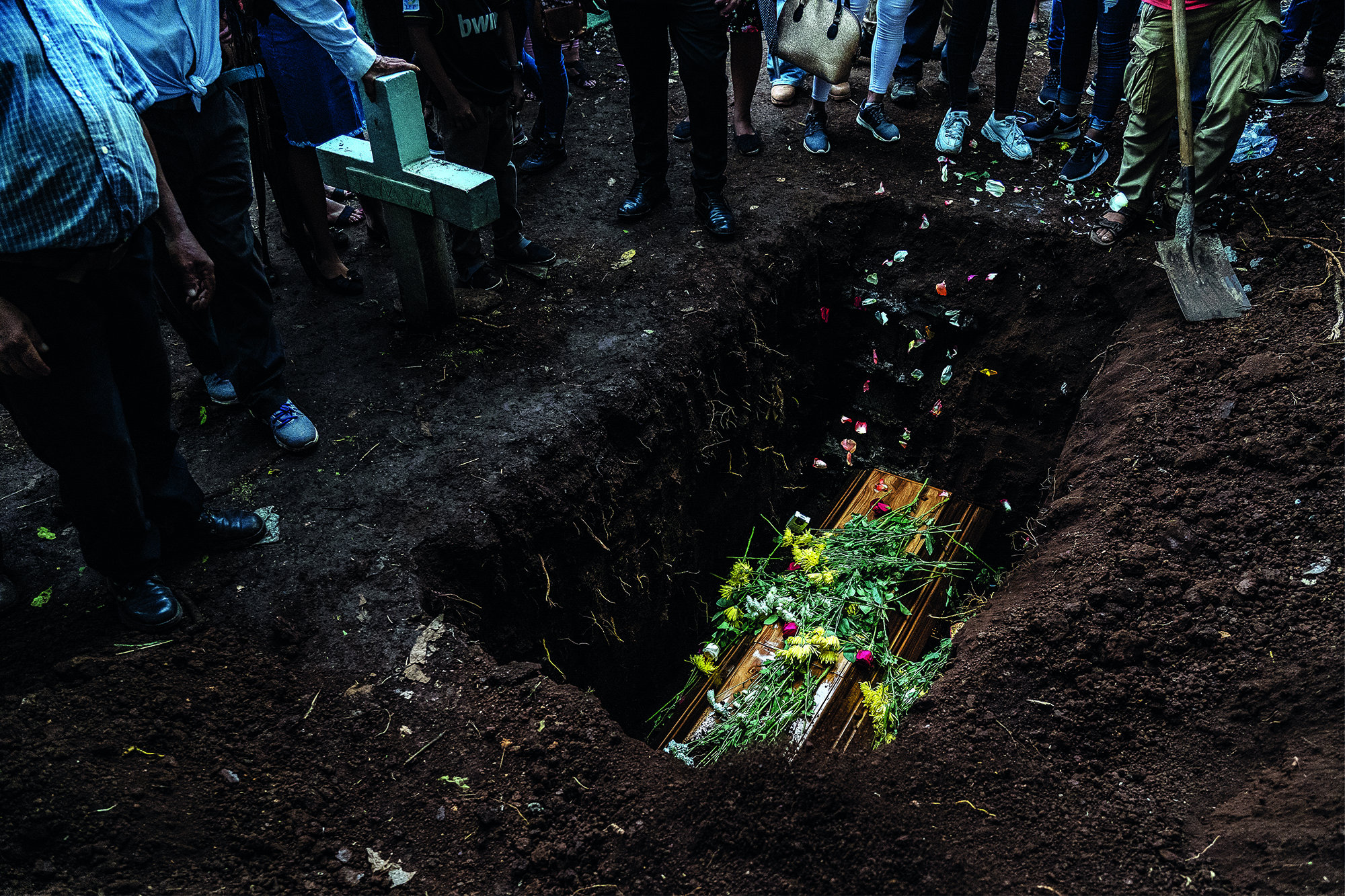
© Tariq Zaidi
TARIQ ZAIDI
A note from FRAMES: if you have a forthcoming or recently published book of photography, please let us know.




